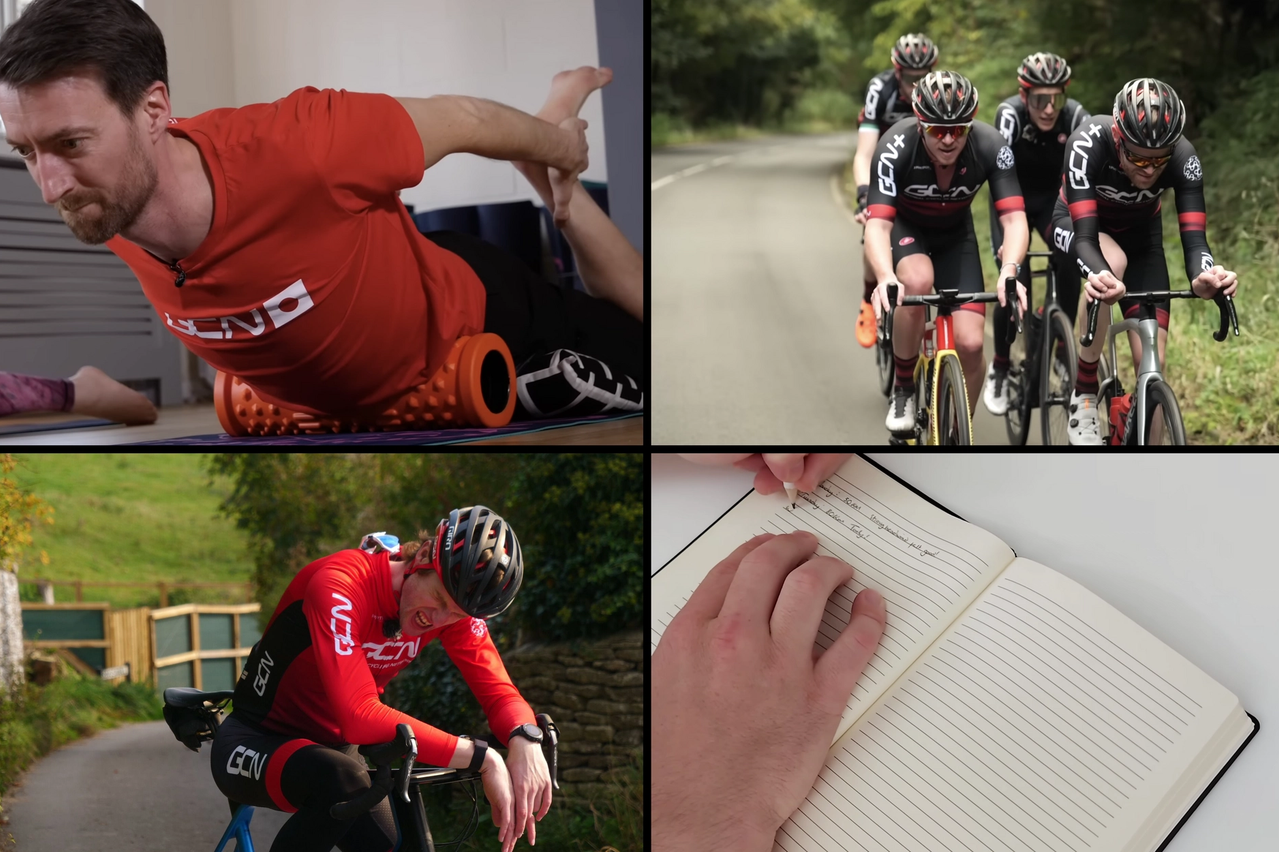How to make your own training plan
It might seem complicated, but in fact, anyone can make their own training plan. Here's how
James Howell-Jones
Junior Writer
© GCN
How to write your own training plan

Wahoo
Wahoo is a fitness technology company based in Atlanta, USA. Wahoo produces a range of cycling technology products, from cycling computers and smart watches to indoor trainers, pedals and other accessories.
Getting fitter isn't always as simple as just spending more time on the bike. To train properly for an event, a fitness goal, or the coming season, you need a plan. But how do you write one?
Whether you are a total beginner or an experienced cyclist, learning how to create your own training plan is an invaluable skill to have. It’s easy to overcomplicate a training plan, but in reality, it’s just about identifying some goals and building a bit of structure into your riding schedule.
Read more:
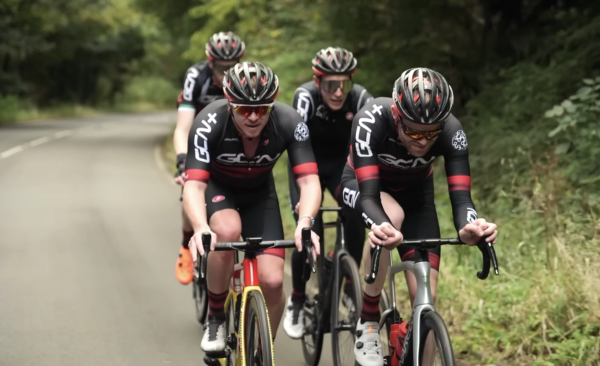
Define your goals
The reason you're writing a training plan is to achieve a goal. That could be to complete an event, to prepare for a race season, or to crack a personal time goal on a climb. Whatever your goal is, identify it and put it in writing.
As well as giving you a clear focus for the weeks and months ahead, that goal will determine the type of sessions you do.

Schedule an initial fitness test
They might not be a lot of fun, but it’s wise to get in a fitness test before you write your training plan. This will give you a clear idea of your current fitness and highlight the areas where you need to improve. There are loads of tests you can carry out, but if you want to keep things simple, just find a climb or a stretch of road near you that you can time yourself on. Make sure you keep a record of all your results!

Plan around your life
If you want to make a training plan you will actually stick to, it has to work around the rest of your life. Fill your calendar with all your work, family and social commitments, then look at the time left. These are the gaps that your training will slot into.
Find a day when you can do a longer ride. For example, every Sunday, you could go out for a long road ride with your local cycling club. Then, it’s a case of slotting in some shorter training sessions throughout the week.
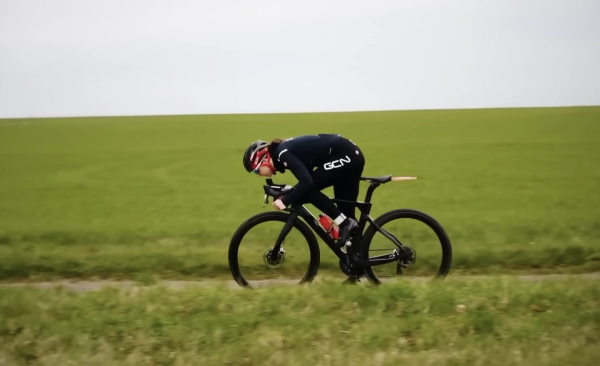
Train in separate phases
If you do the same set of sessions for months on end, your training will plateau and you’ll probably get pretty bored. To keep progressing, split your training into phases. If you’re writing a plan for the next few months, split it into monthly zones, with a different focus for each month.
That’s not to say that you should only do one type of training in each month, but each month can be ‘weighted’ towards a certain skill or type of fitness. So one month could be about developing top end power, another could be about developing base fitness, or another could be about recovery and conditioning.
As you move through the weeks towards your goals, add progression into your training by gradually increasing the duration or the intensity of each session, perhaps every week or two.
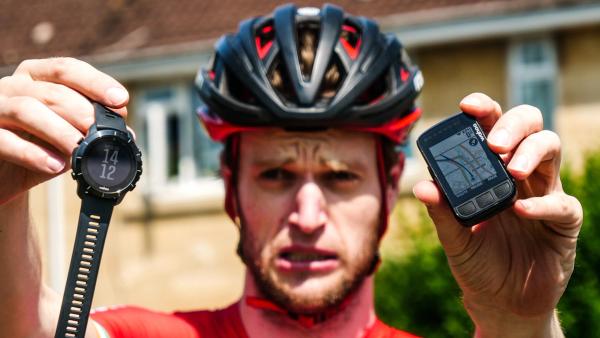
Track your progress
Schedule in a fitness test every two to three weeks to see how things are going. Try to complete it under similar conditions, so plan some rest days before each test so you are fresh.
If you have a power meter or a static trainer, an FTP (functional threshold power) test every couple of weeks is a good idea.
If you are training 'analogue', find a local climb or stretch of road you know well and make a full-gas attempt up it every couple of weeks. Note that the effort should reflect your training goals – if you're training to do long time-trials, a blast up a two-minute climb won't tell you much.
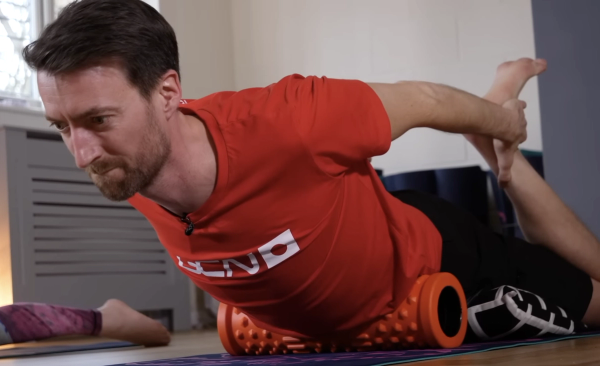
Stretch, sleep and rest
Recovery, sleep, stretching, and injury prevention exercises, such as core workouts, are a vital part of training. Do not underestimate their importance. If you're struggling to fit these in, have a look at your training planner and carve out some time for them. If this means taking a bike session out, then so be it. It's important to get the balance right between training and rest. Use your training planner as a tool to get this right. Find what works for you.
